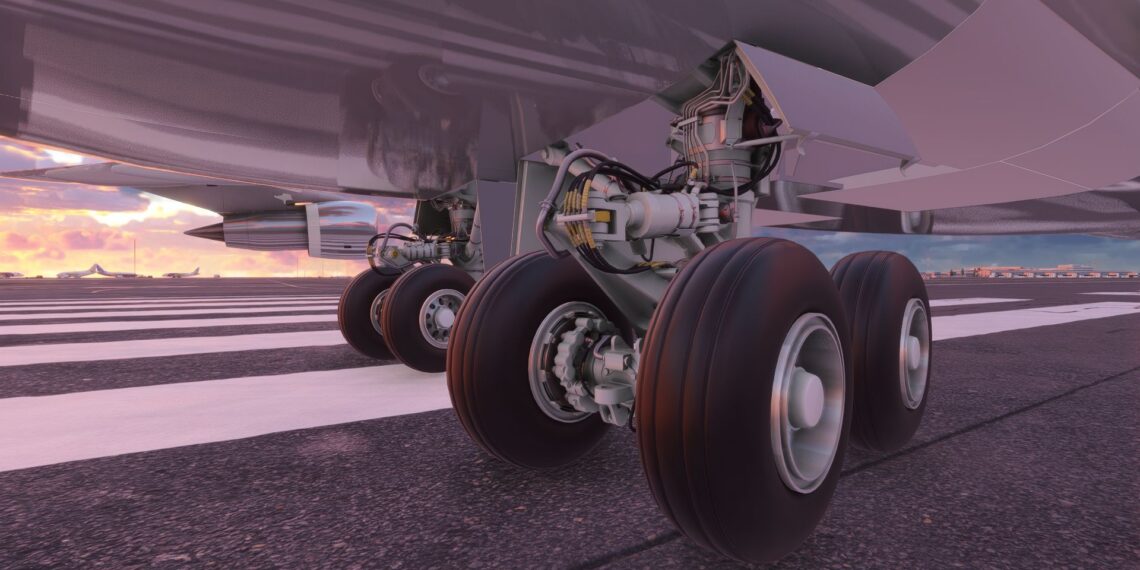PMDG CEO Robert Randazzo provided more interesting details about the Boeing 747 and 737 coming to Microsoft Flight Simulator 2024.
During an interview on V1-Simulations, Randazzo mentioned that the developer has started focusing its whole staff on a single project at a time, and this has sped up the development time considerably, even exceeding expectations.
The team will transition fully to the 747 when they return from the Christmas break. As a consequence, Randazzo expects that PMDG will release the “initial staples in its 747 product line” (the -100 and the -400 variants) by the end of 2026.
He is not sure how the -8 variant will “slot across there” since a lot of the work is done, but the timeline for it “starts to go into ’27”
Randazzo also reiterated that for the -100 the model is really far ahead while the code is catching up, while for the -400, the model is far behind, but the code is ahead, which makes it challenging to predict which one will release first.
That being said, his “betting man” prediction is on the 747-100 releasing first and the -400 following 3 or 4 months later, because it’s easier to accelerate work on code than on models.
He believes the -100 is going to be an “absolutely magnificent product.”
Quite interestingly, the 747-100 will include a system similar to what we saw in the DC-6, but expanded. Pilots will be able to rely on an AI flight engineer and an AI copilot.
In particular, you’ll be able to download your flight plan from Simbrief, and the flight engineer will manage your waypoints for you in concert with the copilot. They will enter all the waypoints in the INS, and they will keep doing it gradually as needed and report to you as they do it.
Of course, this is optional, and you can still do everything yourself if you want. You can delegate as much or as little as you want. You can also watch and learn as the AI does it and then take over when you feel ready.
On top of that, you’ll also be able to switch from the INS to a more modern FMS seamlessly via the menu, to simulate a more recent avionics configuration.
The team is also working on simulating some of the “nasty PW engine problems” that will respond if the player abuses the throttle.
Randazzo’s favorite item (which may or may not be ready for release) in development is a native shared cockpit system that will let players drop into other players’ cockpits and work with them as their flight officer or flight engineer.
He also talked more briefly about the upcoming 737, reiterating that all of the heavy development work to be finished by Christmas and “either 2 or 3” models will have been released by the end of the year, while the fourth should probably come by mid-January.
Earlier in the interview, he mentioned that the team has created the mathematical logic for the change in pressure in the cabin of the 737 when two toilets get flushed at the same time versus just one, and how that registers in the gauge on the flight deck, to give an example of the esoteric details the simulation actually entails.
Randazzo also mentioned that confidently mentioned that we can expect a cutting-edge level of simulation, vetted by Boeing itself.
“I would argue that we made the most technically accurate core airplane simulation that is available out there, and I say that from the standpoint of a fair amount of knowledge on how much documentation we digested into this stuff. And would argue that the manufacturer agrees.”
That’s certainly promising.
Microsoft Flight Simulator 2024 is also available for PC and Xbox Series X|S. It’ll be released for PS5 on December 8, 2025. If you’d like to learn more, you can check out our recent interview with Head of Microsoft Flight Simulator Jorg Neumann.
If you’d like to read more flight simulation news, you can find plenty in our latest roundup article from yesterday.
If you want to go further back, we have a handy overview video of the major flight simulation news in the past week. You can watch it below. As usual, leaving a like and a comment and subscribing to our growing YouTube channel is extremely helpful.











